- Home
- Articles
- Architectural Portfolio
- Architectral Presentation
- Inspirational Stories
- Architecture News
- Visualization
- BIM Industry
- Facade Design
- Parametric Design
- Career
- Landscape Architecture
- Construction
- Artificial Intelligence
- Sketching
- Design Softwares
- Diagrams
- Writing
- Architectural Tips
- Sustainability
- Courses
- Concept
- Technology
- History & Heritage
- Future of Architecture
- Guides & How-To
- Art & Culture
- Projects
- Interior Design
- Competitions
- Jobs
- Store
- Tools
- More
- Home
- Articles
- Architectural Portfolio
- Architectral Presentation
- Inspirational Stories
- Architecture News
- Visualization
- BIM Industry
- Facade Design
- Parametric Design
- Career
- Landscape Architecture
- Construction
- Artificial Intelligence
- Sketching
- Design Softwares
- Diagrams
- Writing
- Architectural Tips
- Sustainability
- Courses
- Concept
- Technology
- History & Heritage
- Future of Architecture
- Guides & How-To
- Art & Culture
- Projects
- Interior Design
- Competitions
- Jobs
- Store
- Tools
- More
The Power of Virtual Reality in Metaverse Architecture

One of the most popular technological developments in architectural presentations, VR also draws attention in Metaverse architecture. Virtual reality (VR) has been on the rise in recent years, and with the development of the metaverse, it has the potential to transform the way we design and experience architecture. In this article, we will talk about the use of this technology, which makes architectural presentations more professional and increases reality at an extraordinary level in Metaverse. This article will help you understand the many benefits and advantages of VR technology in Metaverse architecture. Metaverse architecture is the concept of designing and constructing digital environments in a virtual space that can be explored and experienced in real-time. With the power of virtual reality, architects and designers can create immersive and interactive designs that can be experienced by anyone, anywhere.
One of the main advantages of using VR in metaverse architecture is the ability to experience designs in a way that was never possible before. With traditional 2D drawings or even 3D models, it can be difficult to fully grasp the scale and impact of a design. However, with VR, users can experience designs in real-time, allowing them to explore and interact with the environment as if they were actually there. This can provide a much more realistic sense of the space and help architects and designers make better decisions in their design process.

Another advantage of using VR in metaverse architecture is the ability to quickly and easily make changes to designs. With traditional methods, changes can be time-consuming and expensive, requiring new drawings or models to be created. However, with VR, changes can be made in real-time, allowing architects and designers to experiment with different design options and see the results immediately. This can help to streamline the design process and allow for more efficient decision-making.
In addition, VR can also help to improve communication and collaboration between architects, designers, and stakeholders. By experiencing designs in a virtual environment, stakeholders can provide feedback and make suggestions in real-time, allowing for more effective communication and collaboration. This can help to ensure that all stakeholders are on the same page and can lead to better outcomes.
The power of virtual reality in metaverse architecture cannot be overstated. With the ability to experience designs in real-time, make changes quickly and easily, and improve communication and collaboration, VR has the potential to transform the way we design and experience architecture. As the metaverse continues to develop, it will be exciting to see how architects and designers use VR to create new and innovative designs that push the boundaries of what is possible in the built environment.
Accessibility: With VR, designs can be experienced by anyone, anywhere, without the need for physical access to the space. This can be particularly useful in situations where the space is inaccessible or not yet built, such as in the case of a proposed building or renovation.
Cost-effective: Traditional methods of creating physical models or mock-ups can be expensive and time-consuming. With VR, designs can be created and experienced digitally, reducing the cost and time required to create physical models.

Enhanced visualization: VR allows architects and designers to create highly realistic and detailed visualizations of their designs, providing stakeholders with a more immersive and accurate representation of the space. This can help to reduce misunderstandings and miscommunications during the design process.
Increased creativity: With VR, architects and designers can experiment with new design ideas and concepts that may not have been possible or practical using traditional methods. This can lead to more creative and innovative designs.

Sustainability: VR can help to reduce the environmental impact of the design process by eliminating the need for physical models or mock-ups, which can result in waste and environmental harm.
Risk reduction: By experiencing designs in a virtual environment, potential issues or problems can be identified and addressed before construction begins, reducing the risk of costly mistakes and delays.
In summary, VR has the potential to revolutionize the way we design and experience architecture in the metaverse. By providing an immersive, realistic, and cost-effective way to visualize and explore designs, VR can help architects and designers to create more innovative, sustainable, and functional spaces.

- Architectural Metaverse Spaces
- Creating Metaverse Spaces
- How to Create Metaverse Spaces
- Metaverse Architects
- Metaverse Architectural Design
- Metaverse Architecture Firms
- Metaverse Architecture Studios
- Metaverse Design
- Metaverse Firms
- Metaverse for Architecture Studios
- Metaverse in Architecture
- Metaverse Job Salary
- Virtual Reality
- Virtual Reality Architecture
- virtual reality for architects
Submit your architectural projects
Follow these steps for submission your project. Submission FormLatest Posts
The Evolution of Web Gaming: HTML5’s Place in the Industry
The gaming landscape has undergone a seismic transformation over the last few...
Exploring The Future of Architecture in the Metaverse: Trends and Innovations
Explore how the metaverse is revolutionizing architecture by liberating designs from physical...
Exploring Metaverse Architecture: Innovations & Future Trends in Digital Design
Explore the groundbreaking innovations in metaverse architecture as digital design transcends the...
Discovering New Horizons: Exploring Architecture in the Metaverse
Dive into the realm where architecture and technology intertwine in the metaverse....


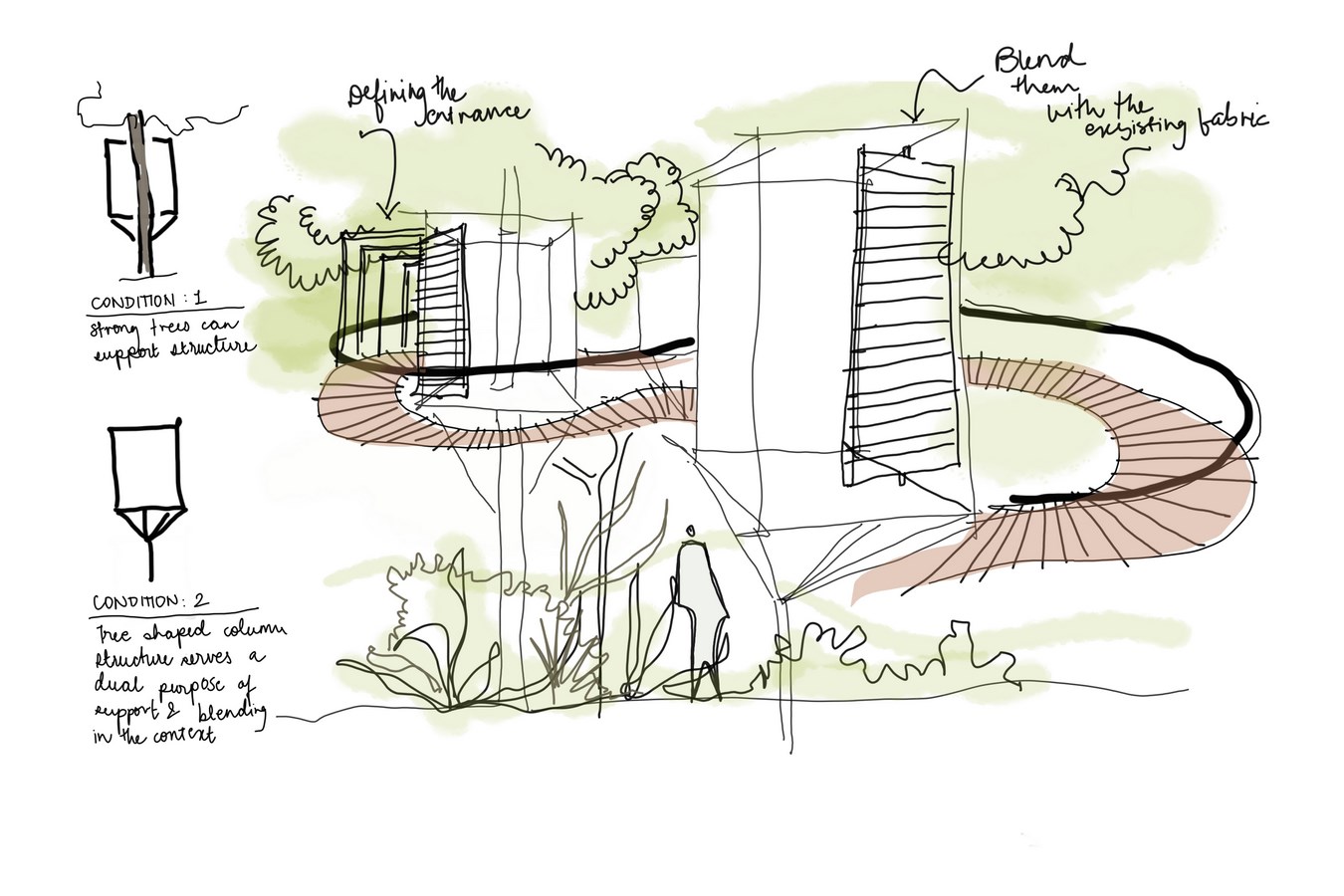
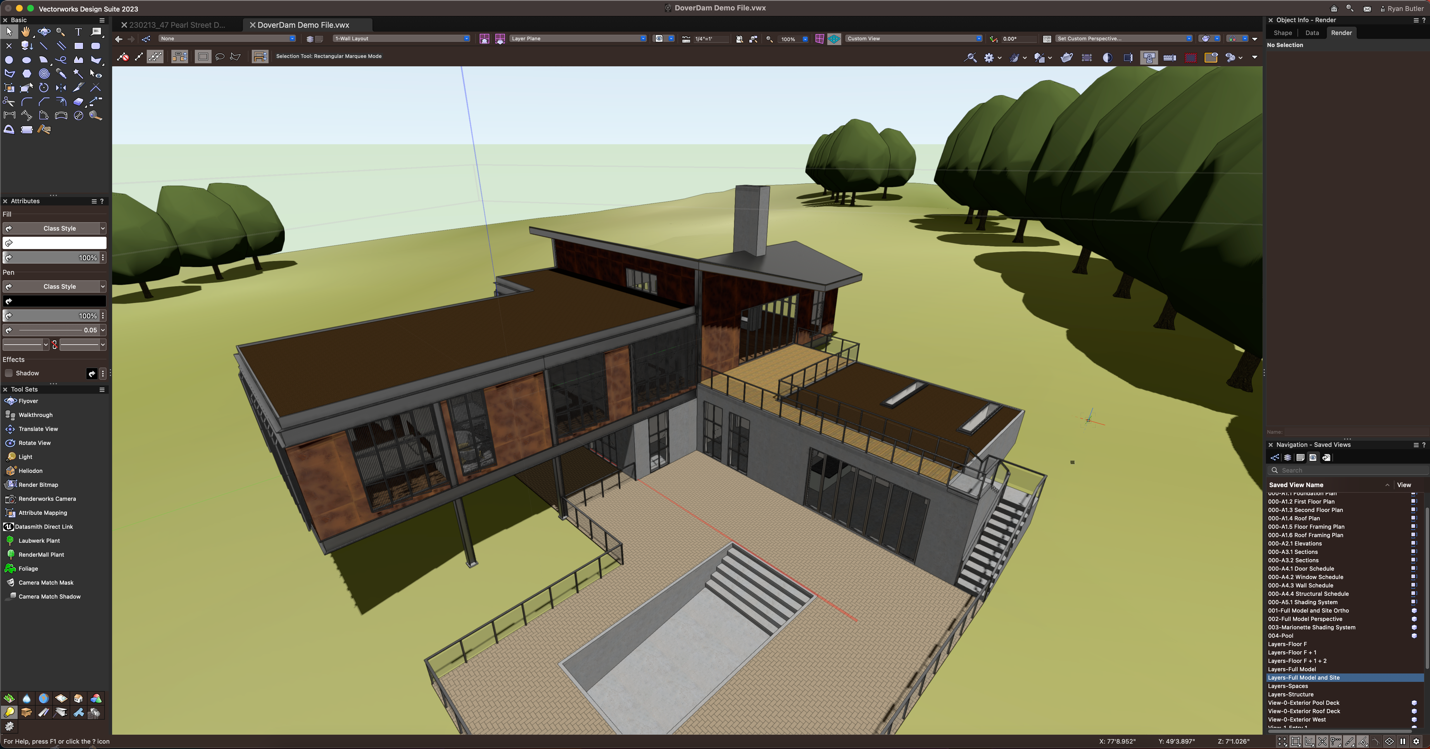



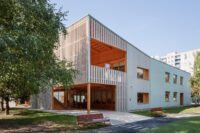

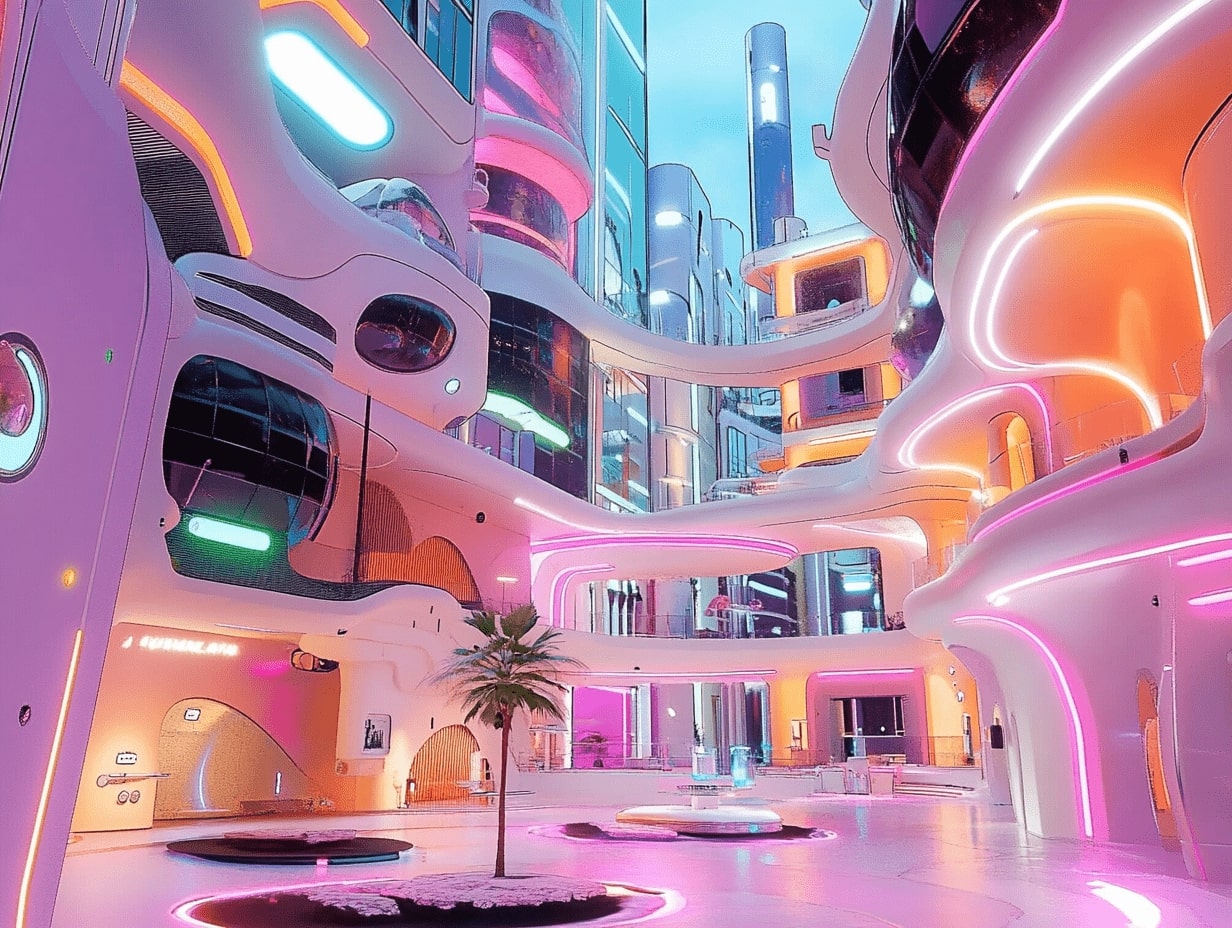

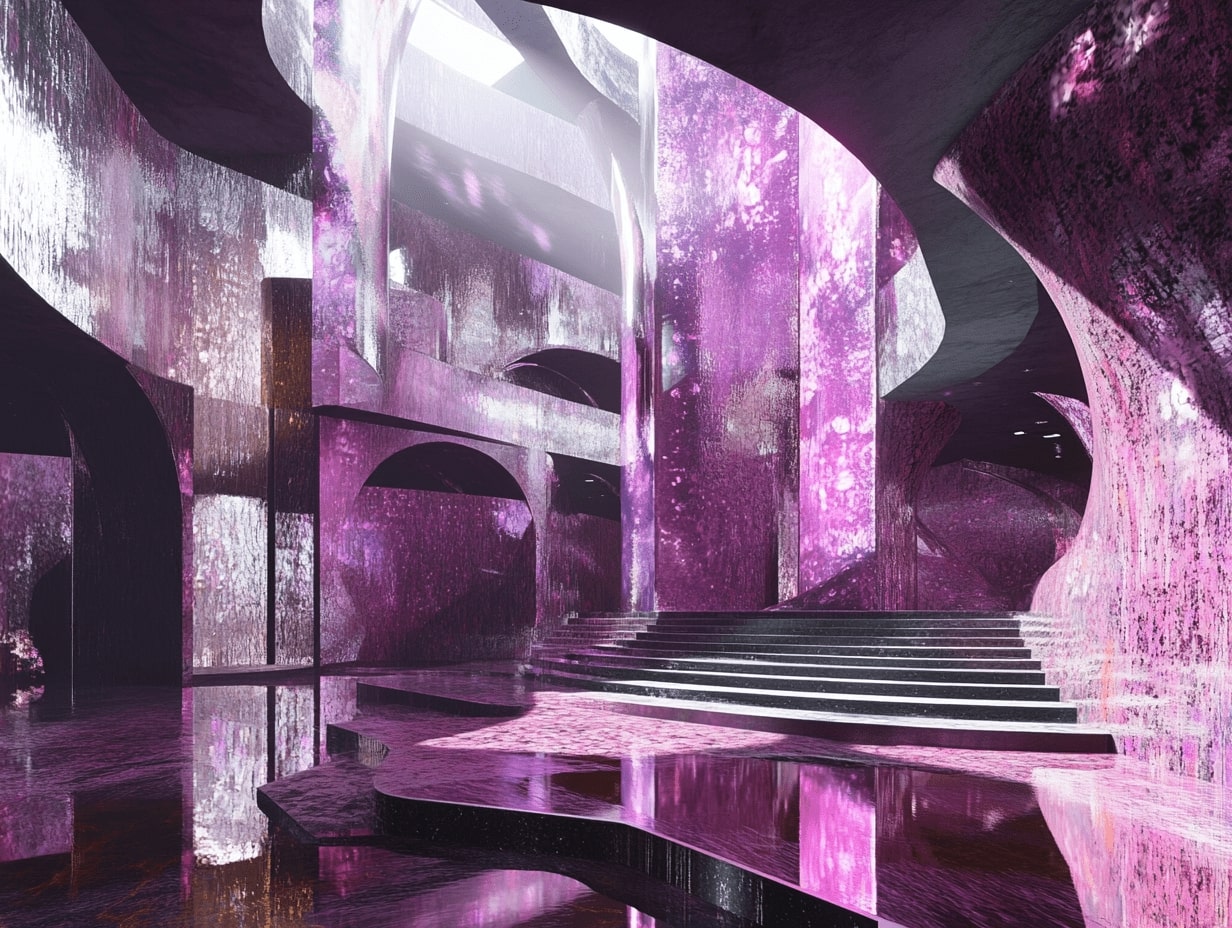
Leave a comment